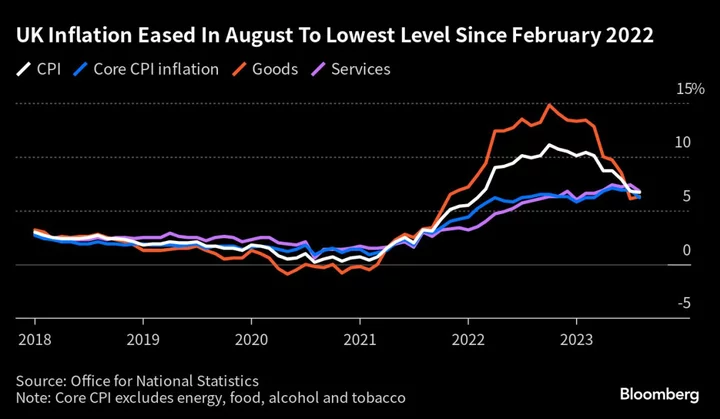US financial regulators on Tuesday signed off on new rules to prepare large and regional banks in the case of failure.
Officials at the Federal Deposit Insurance Corporation, Federal Reserve and Office of Comptroller of the Currency approved the rules.
That includes a requirement that banks with at least $100 billion in assets issue around $70 billion in long-term debt to help absorb losses if they are at risk of becoming insolvent. This tends to occur when depositors fear their bank does not have enough money on hand, leading them to believe that their funds could get wiped out if they don't act fast to withdraw their funds.
That requirement is intended to prevent banks from tapping into the FDIC's Deposit Insurance Fund (DIF), which is used to back depositors' money at failed FDIC-insured banks, the agencies said.
The DIF covers up to $250,000 per depositor for each account ownership category. But the FDIC backed deposits that exceeded that limit when Silicon Valley Bank and Signature Bank failed earlier this year, to reduce the risk of more bank failures.
The fund was also used to help absorb some of the losses of the failed First Republic Bank and facilitate the sale to JPMorgan Chase in May.
In total, the three bank failures depleted $31.5 billion from the DIF, according to FDIC estimates. The DIF had $116.1 billion as of April. Had the proposed rule been in place prior to the three bank failures, it could have prevented many uninsured depositors from causing a bank run, the agencies said.
If the new rule on long-term debt is finalized after the agencies review comments, banks would have a three-year transition period before they are required to comply, according to the proposal released Tuesday.
It would not impact the largest US banks considered systemically important since they are already subject to rules that satisfy this requirement.
New rule bears costs for banks already under stress
The rule essentially seeks to shift the risk of a bank failure to bondholders rather than depositors. But to get bondholders to bear the cost of banks' potential failure, the banks would likely have to pay high interest rates. That would directly eat into banks' profitability, thereby lowering returns for shareholders.
Profits at mid-sized and regional banks have been taking a hit after the three bank failures forced them to pay higher interest rates on deposits to keep customers from withdrawing their funds.
The rule unveiled Tuesday comes on the heels of a separate capital-bolstering rule the three agencies introduced in July. That rule would also apply to banks with at least $100 billion in assets. Taken together, the two rules could inadvertently cause more harm than good, said Greg Baer, president and CEO of the Bank Policy Institute, a trade group representing many of the country's largest banks.
"Without careful consideration and calibration, there is a risk these proposals could damage the institutions they seek to strengthen and restrict vital financing to small businesses in the process," Baer said in a statement on Tuesday.
Additional banking rules proposed
In addition to the rule on long-term debt, the FDIC also proposed a rule that would force banks to disclose more details on how they could safely be managed if they were to fail.
That could make it easier for the FDIC to seize and sell a failed bank, something the agency struggled to do in a timely manner with SVB and Signature Bank.
Martin Gruenberg, chairman of the FDIC, said the information banks would have to disclose as part of the proposed rule "would have been particularly helpful in dealing with the three bank failures this spring."
The disclosure requirements would depend on the bank's size. For instance, banks with $50 billion to $100 billion in assets would be required to supply the FDIC with critical information but would not have to submit a fully fleshed resolution plan, also known as "living wills." Banks with $100 billion or more in assets would have to do so more frequently than currently required.
If the rule is finalized after the comment period ends on November 30, it would not go into effect until early 2025.









